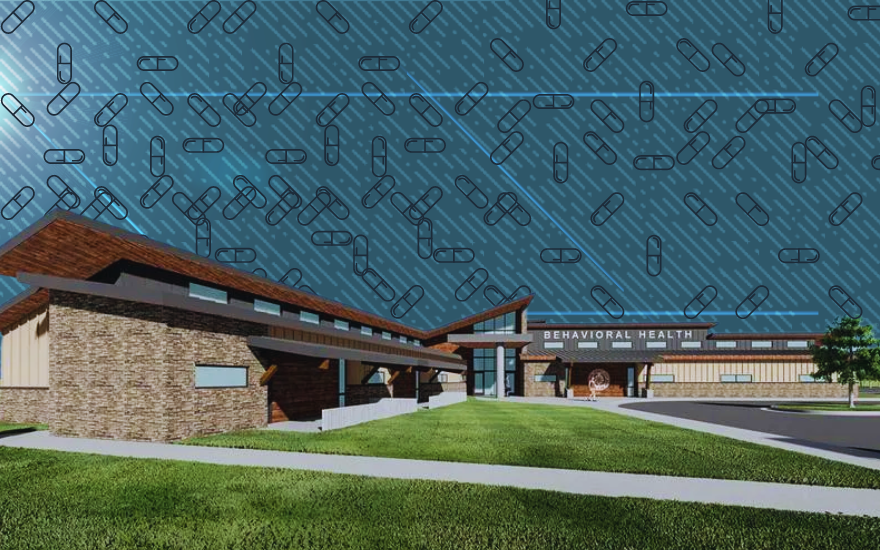The nation’s largest Native American tribe will use a portion of its $98 million opioid settlement fund to create a new treatment center.
Cherokee Nation announced the 50-bed, 17,000-square-foot facility that will be entirely operated by the tribe. The project is expected to cost $18 million.
The center in Tahlequah, Oklahoma – where the tribe is headquartered – will offer services to Cherokee people and their families at no cost.
“The symbolism is also important, which is we are paying for this over the next five years and making the opioid industry pay for everything,” said Cherokee Nation Principal Chief Chuck Hoskin, per AP News. “There’s a real sense of justice just making that statement.”
“These will truly be drug treatment centers developed by Cherokees, for Cherokees,” Hoskin added. “It’s not a federal government-imposed facility.”
In September of 2021, Cherokee Nation negotiated a $73 million settlement with pharmaceutical giant Johnson & Johnson, which has agreed to pay a collective $590 million to hundreds of other tribal nations, including tribes that did not participate in the initial opioid lawsuit. Cherokee Nation also sued Walmart, Walgreens and CVS for their roles in the opioid epidemic.
Native American communities have accused pharmaceutical companies and drugmakers of “purposely flooding their communities with highly addictive opioids, causing overdose deaths and health care costs to skyrocket,” per USA Today.
In its lawsuit, Cherokee Nation said that opioids were so abundant in 2015 there were 107 pills for every adult resident of its Oklahoma reservation, which spans 14 counties.
Over 4,600 people in Oklahoma died from opioid overdoses between 2007 and 2017. The Centers for Disease Control and Prevention reported that opioids were the cause of over 68,000 deaths in 2020 – 8.5 higher than in 1999.
Rampant opioid prescription in the 1990s sparked the nation’s first wave of opioid-related overdose deaths. Americans experienced a second wave of increased opioid-overdose deaths in 2010, largely because of the increased use of heroin. An increase in synthetic opioids, including illicitly produced fentanyl, led to a third wave of overdose death in 2013. In total, more than 564,000 have fatally overdosed because of opioids from 1999 to 2020.
Hoskin told AP News that the recovery center will incorporate cultural traditions and customs like bead making, talking circles and stickball into its recovery program.
“A person in recovery needs to know they’re not alone,” Hoskin said. “If you’re Cherokee, there’s a real cultural reason why you’re not alone. We share traditions, even if those traditions in some families haven’t been practiced in generations.”
In addition to using settlement funds to treat people addicted to opioids, Cherokee Nation also plans to use $5 million to cover the educational cost of tribe members who attend college and graduate school to become medical professionals or therapists for the facility.
Cherokee Nation is a sovereign tribal government comprised of 430,000 tribal citizens across the world. Just over 30% of Cherokee citizens reside within the Oklahoma reservation’s boundaries.

